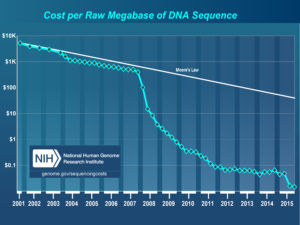I’m now worked at four different scientific institutions in some capacity or another, and I’m always surprised how empty buildings are when I come in on Saturdays or Sundays. To be clear, I’m certainly not at work every weekend day myself, and I don’t expect the students or collaborators to work weekends.* I’m just realizing that, after 13 years of thinking “wow, people at University X really have a more relaxed approach to research than most places” maybe my idea of how many hours it is normal for a researcher to log in a week might be a tiny bit skewed.**
*I always say that my mentoring style is to focus on productivity, not hours worked in lab. I’m still working out what that means in practice. For an entertaining — as long as the person writing the e-mail isn’t your boss — glimpse of what the opposite sounds like, be sure to read this classical e-mail from 2002.
**Growing up, I thought every family had dinner around 8 pm once everyone got home from the office, and that once you got a real job, “weekend” actually meant “sunday morning.”


